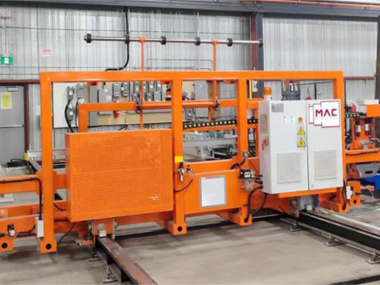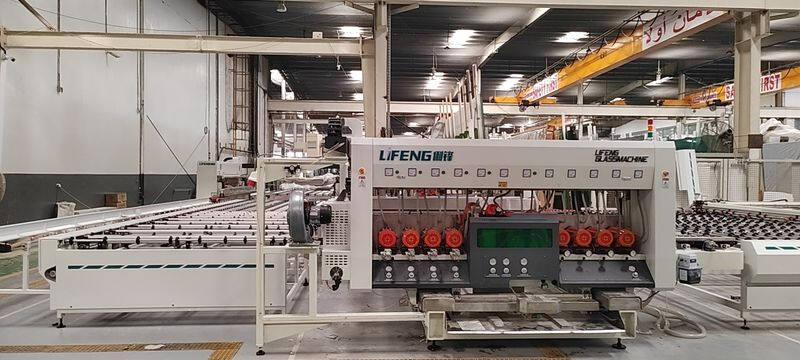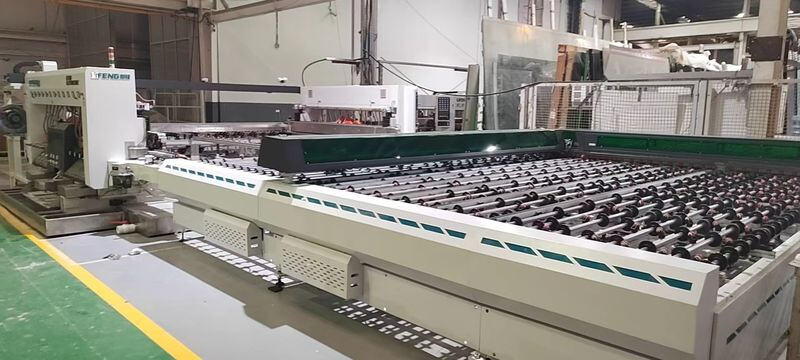vakuum izolyasiyalı şüşə
Vakum izolyasiyalı şüşə, pəncərə texnologiyasında inqilabi bir irəliləyişdir, üstün istilik izolyasiyasını incə profil dizaynı ilə birləşdirir. Bu innovativ şüşə sistemi, adətən 0.1 Pa-dan aşağı təzyiqlərdə saxlanılan vakumla ayrılmış iki şüşə panelindən ibarətdir, bu da qazın keçirilməsi və konveksiyası vasitəsilə istilik transferini effektiv şəkildə aradan qaldırır. Kiçik arakəsmələr, adətən paslanmayan poladdan və ya keramika materialından hazırlanır, panellər arasında ayrılığı qoruyur və vakum möhürünü saxlayır. Kənarlar, xüsusi şüşə-metal birləşdirmə texnikaları ilə hermetik olaraq möhürlənir, uzunmüddətli performans və dayanıqlığı təmin edir. Bu texnologiya pəncərələr vasitəsilə istilik itkisinin əhəmiyyətli dərəcədə azalmasını təmin edir, U dəyərləri 0.5 W/m²K-ə qədər aşağı olur ki, bu da ənənəvi ikiqat şüşədən çox üstündür. Bu irəliləmiş şüşə həlli həm yeni tikililər, həm də təmir layihələrində tətbiq olunur, xüsusilə də tarixi binalarda orijinal pəncərə çərçivələrinin qorunması vacibdir. Sisteminin incə profili, adətən 6-8mm qalınlığında, mövcud pəncərə çərçivələrinə uyğun gəlməyə imkan tanıyır, eyni zamanda müasir istilik performansı təqdim edir. Ticarət binalarında, vakum izolyasiyalı şüşə enerji səmərəliliyi hədəflərinə nail olmağa kömək edir, estetik cazibəni qoruyarkən. Bu texnologiya, sabit daxili şəraitin qorunmasının vacib olduğu soyuq anbarlarda və temperatur həssas mühitlərdə də dəyərli olur.


